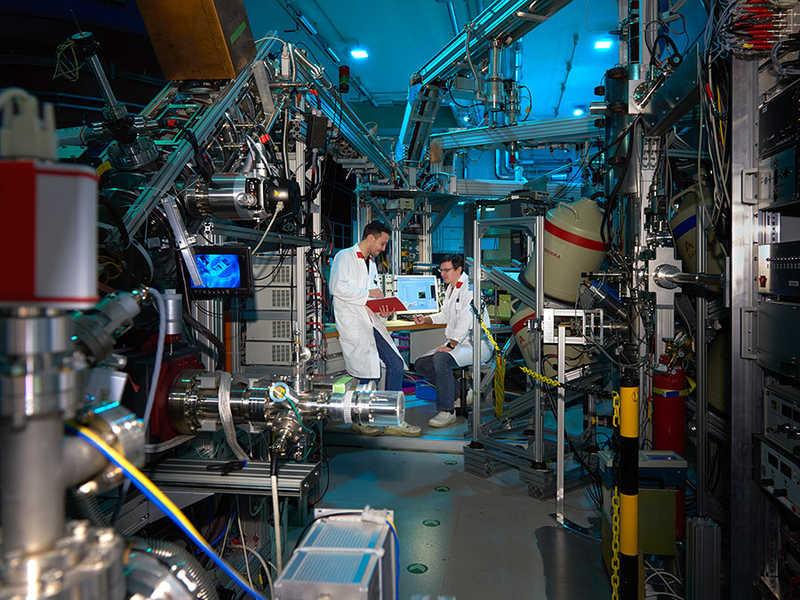Laser Pulses Reveal the Superconductors of the Future

Another step forward towards superconductivity at room temperature: an experiment at the cutting edge of condensed matter physics and materials science has revealed that the dream of more efficient energy usage can turn into reality. An international collaboration, led by the scientists of Italy’s International School for Advanced Studies (SISSA) in Trieste, Università Cattolica di Brescia and Politecnico di Milano used suitably tailored laser pulses to snap the electronic interactions in a compound containing copper, oxygen and bismuth. They were thus able to identify the condition for which the electrons do not repel each other, that is an essential prerequisite for current to flow without resistance. This research opens new
perspectives for the development of superconducting materials with applications in electronics, diagnostics and transport. The study has just been published in Nature Physics.
Using sophisticated laser techniques that make it possible to investigate the so-called nonequilibrium regime, the scientists found a very innovative way to understand the properties of a special class of materials. The SISSA team dealt with the theoretical aspects of the research while the I-LAMP labs of Università Cattolica del Sacro Cuore (Brescia) and Politecnico di Milano coordinated the experimental side.
“One of the greatest obstacles to exploit superconductivity in everyday technology is that the most promising superconductors tend to turn into insulators at high temperatures and for low doping concentrations”, the scientists explained. “This is because the electrons tend to repel each other instead of pairing up and moving in the direction of the current flow”. To study this phenomenon, the researchers focused on a specific superconductor, which has highly complex physical and chemical properties, being composed of four different types of atom including copper and oxygen. “Using a laser pulse, we drove the material out of its equilibrium state. A second, ultra-short pulse then enabled us to disentangle the components that characterise the interaction between the electrons while the material was returning to equilibrium. Metaphorically, it was like taking a series of snapshots of the different properties of that material at different moments”.
Through this approach, the scientists found that “in this material, the repulsion between the electrons, and therefore their insulating properties, disappears even at room temperature. It is a very interesting observation as this is the essential prerequisite for turning a material into a superconductor”. What is the next step in achieving this? “We will be able to take this material as a starting point and change its chemical composition, for example”, the researchers explained. Having discovered that the prerequisites for producing a superconductor at room temperature exist, scientists now have new tools at their disposal for finding the correct recipe: by changing a few ingredients, they might not be too far away from the right formula.
Its applications? The magnetic field generated by passing a current through a superconductor could be used for a new generation of magnetic levitation trains - like the one that already links Shanghai to its airport - featuring far better performances and efficiency. In diagnostics, it would be possible to generate very large magnetic fields in extremely small spaces, thus making it possible to perform high-accuracy magnetic resonance imaging on a very small scale. In the field of energy transport or microelectronics, high-temperature superconductors would provide extremely high efficiency and, at the same time, considerable energy savings.





